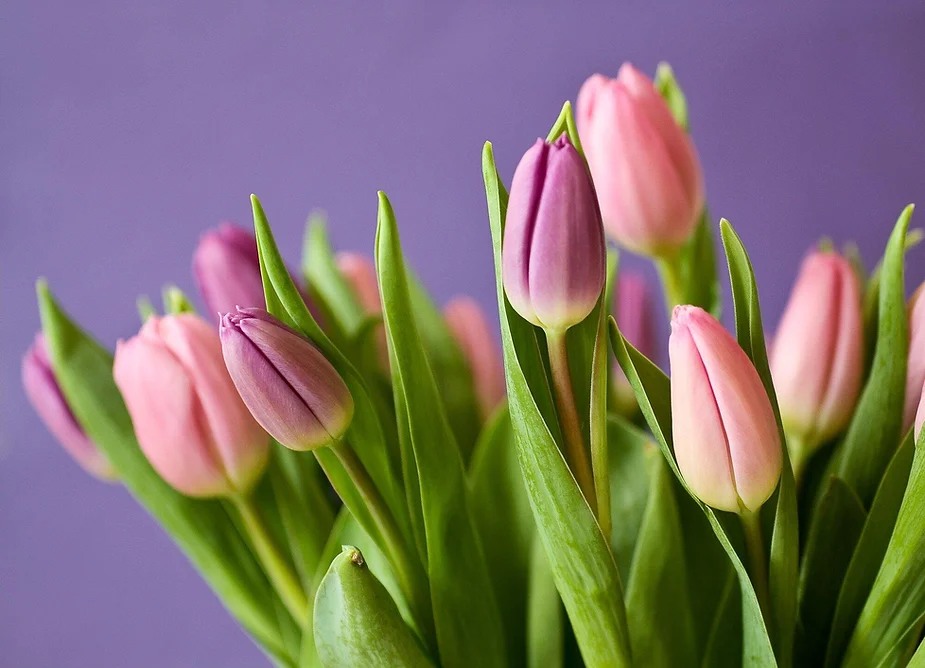Fresh flowers can beautify your home and help you decorate for the seasons. However, did you know that some of the most beautiful blooms can actually be harmful to your four-legged pals?
As responsible pet owners, it’s important to know the difference between safe and toxic flowers. Today, we’re sharing five of the most common ones so you can keep your furry buddies safe!
1. Lilies
When the weather warms up, beautiful lilies start to bloom, gracing the tops of dining room tables across the country. Unfortunately, these plants are highly toxic to pets, especially cats. If they get curious and start to nibble even a little of the leaves, stems, or buds, they can suffer from serious kidney damage.
2. Tulips
Available in a range of colours, tulips are the quintessential emblem of spring! However, it’s best to admire them at your local park instead of bringing a bouquet into your home. The bulb part of the flower contains toxins that can make your pet very uncomfortable, leading to symptoms that include:
-
Appetite loss
-
Gastrointestinal distress
-
Central nervous system (CNS) depression
-
Heart abnormalities
-
Convulsions
3. Azaleas
If you have pets at home, it’s best to skip azalea shrubs when planning your exterior landscaping. Members of the Rhododendron family, these plants contain substances called grayanotoxins, which could accidentally poison them. If ingested, they can lead to issues such as:
-
Vomiting and diarrhea
-
Muscle weakness
-
Excessive drooling
-
CNS depression
If your dog or cat eats a significant amount of the plant, they could even go into a coma or experience a fatal cardiovascular collapse.
4. Amaryllis
Amaryllis flowers are a mainstay during the spring, especially in the weeks leading up to Easter. However, this plant species also contains toxins that can be distressing or even deadly for pets. Ingesting any part of the amaryllis plant can upset your furball’s tender belly, with side effects that include:
-
Vomiting and diarrhea
-
Loss of appetite
-
Abdominal pain
-
Excessive saliva
-
Tremors
5. Sago Palm
Decorative tabletop trees, sago palms are interesting to look at, but you should keep them away from your pets. While every part of this plant is poisonous, the nuts/seeds contain the highest concentration of toxins. Eating just one or two can be painful, causing symptoms such as:
-
Vomiting and diarrhea
-
Depression
-
Seizures
-
Liver failure
Steer Clear of These Toxic Flowers
Keeping your home safe and comfortable is a critical part of pet safety. Avoiding toxic flowers is one way you can show your pets you care! By optimizing their health and overall well-being, you can keep them feeling their best all year round.
While these are some of the most common plants to skip, this list isn’t exhaustive. Before planting anything in your garden or bringing it into your home, check to see if it contains toxins that could be dangerous for your buddies.
If you suspect your pet might have ingested a poisonous plant (and are located in the Niagara Region) please call us at 1-905-688-1996 or if after hours call emergency care at 1-905-641-3185 or if you want to schedule a preventative visit, get in touch with us! You can complete our online form to schedule an appointment or learn more about our services!



